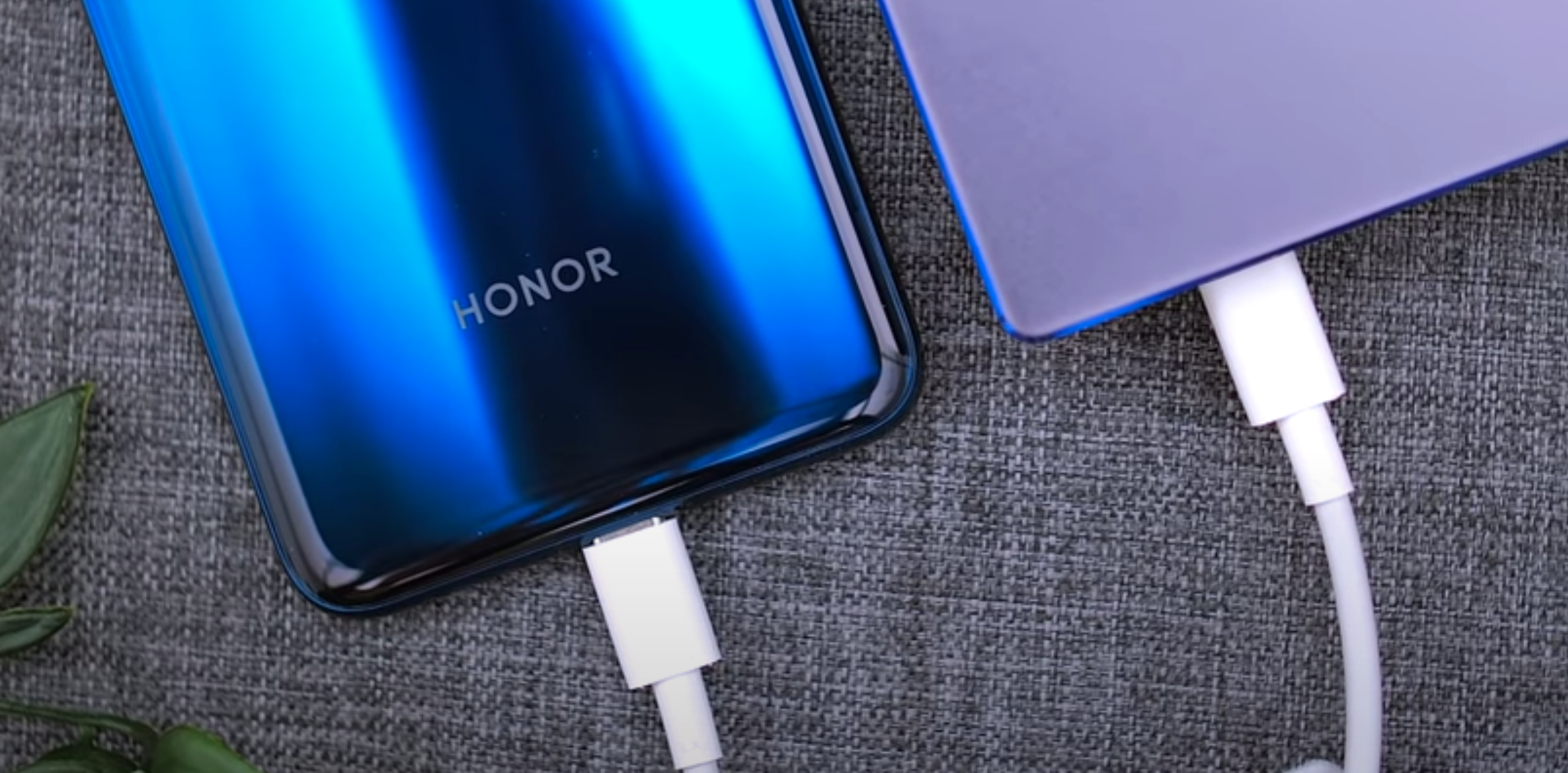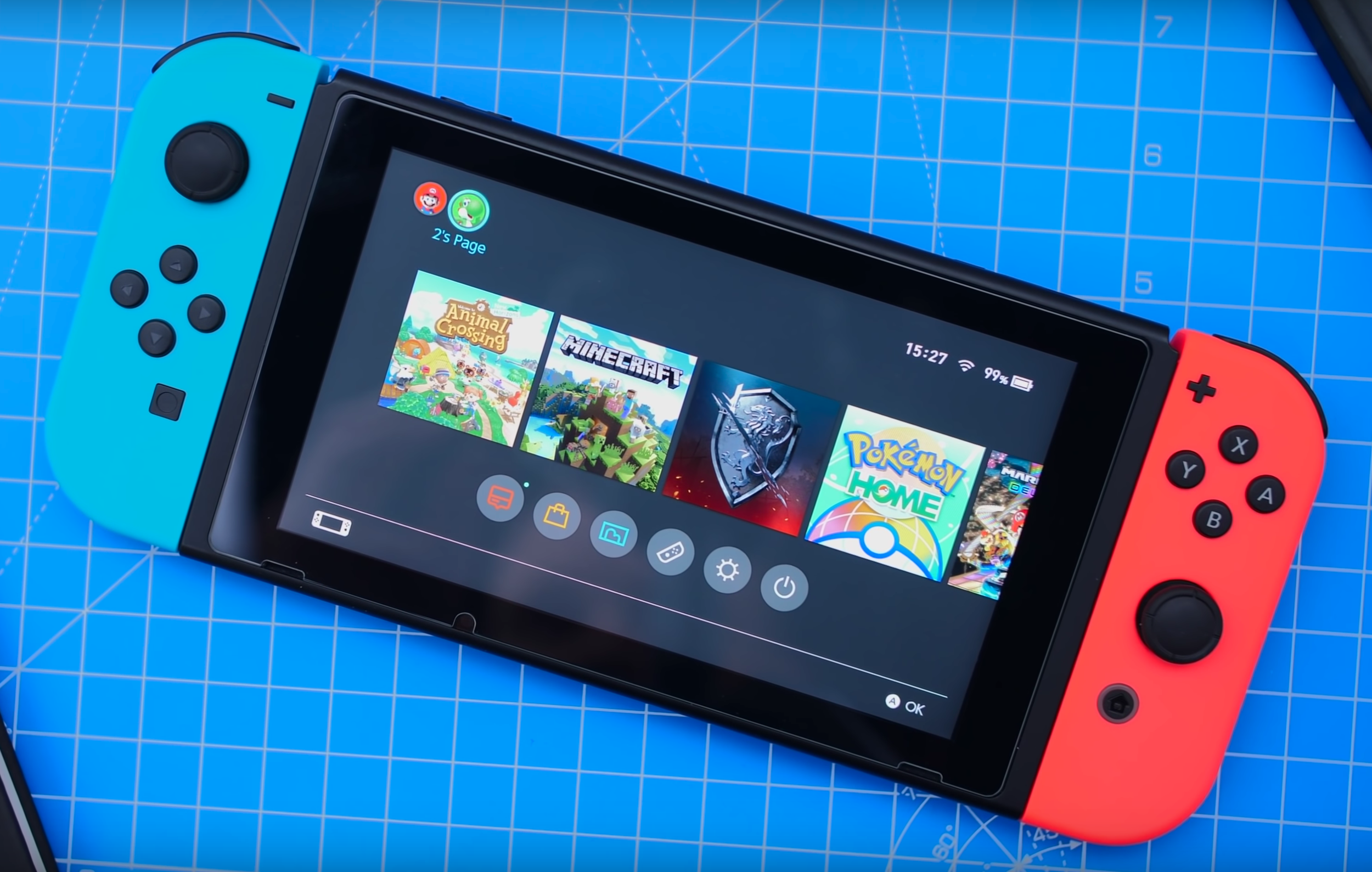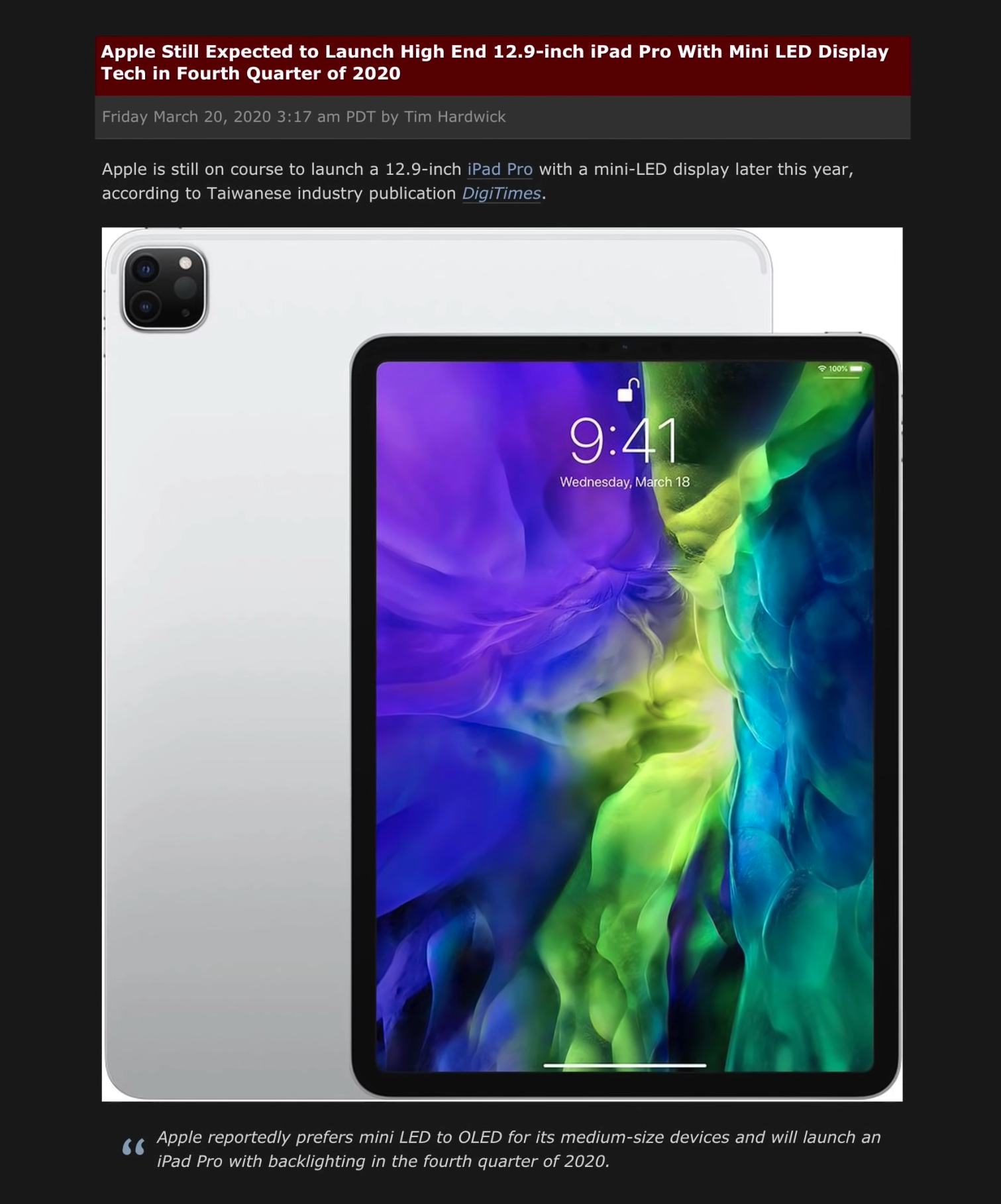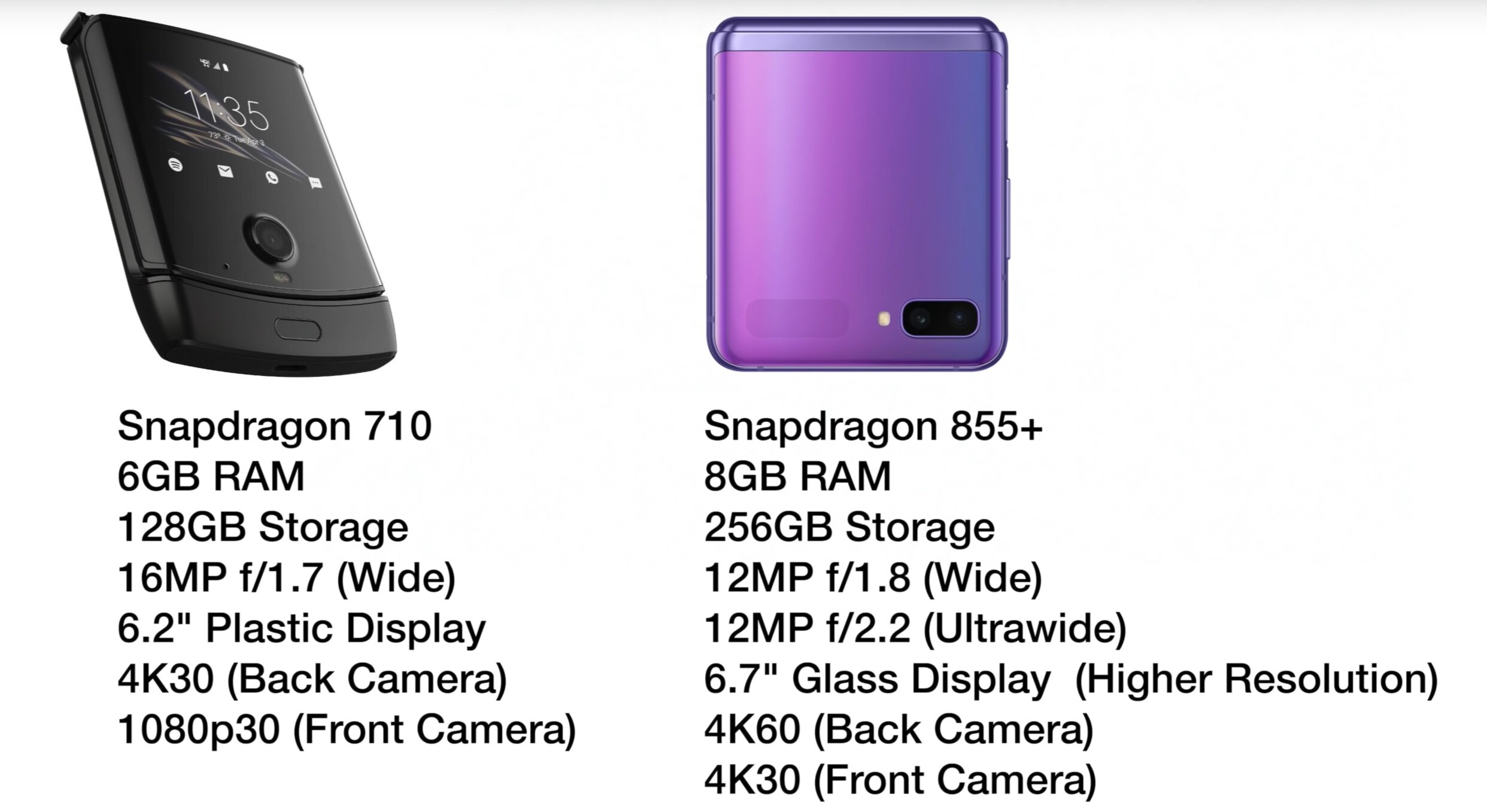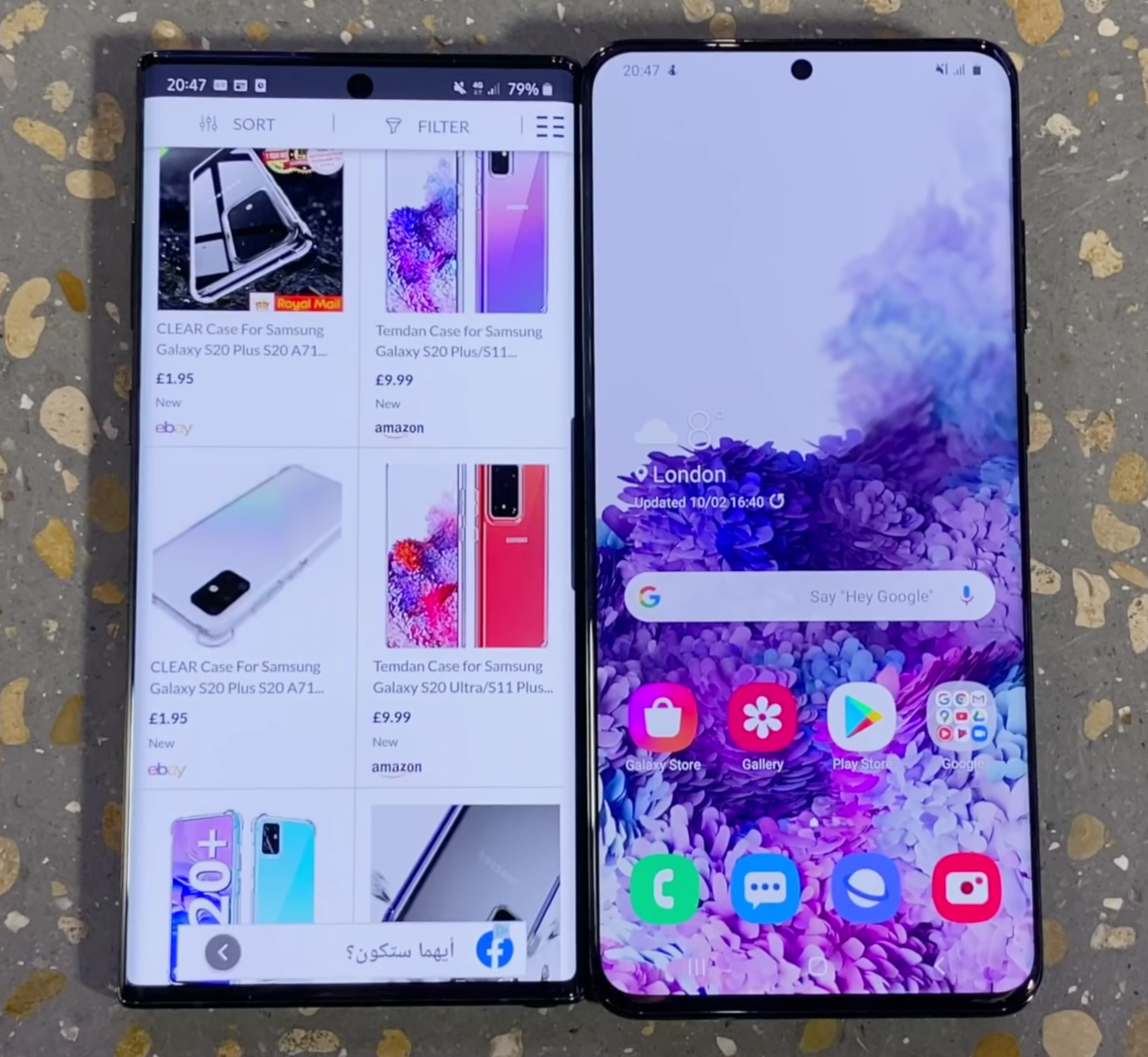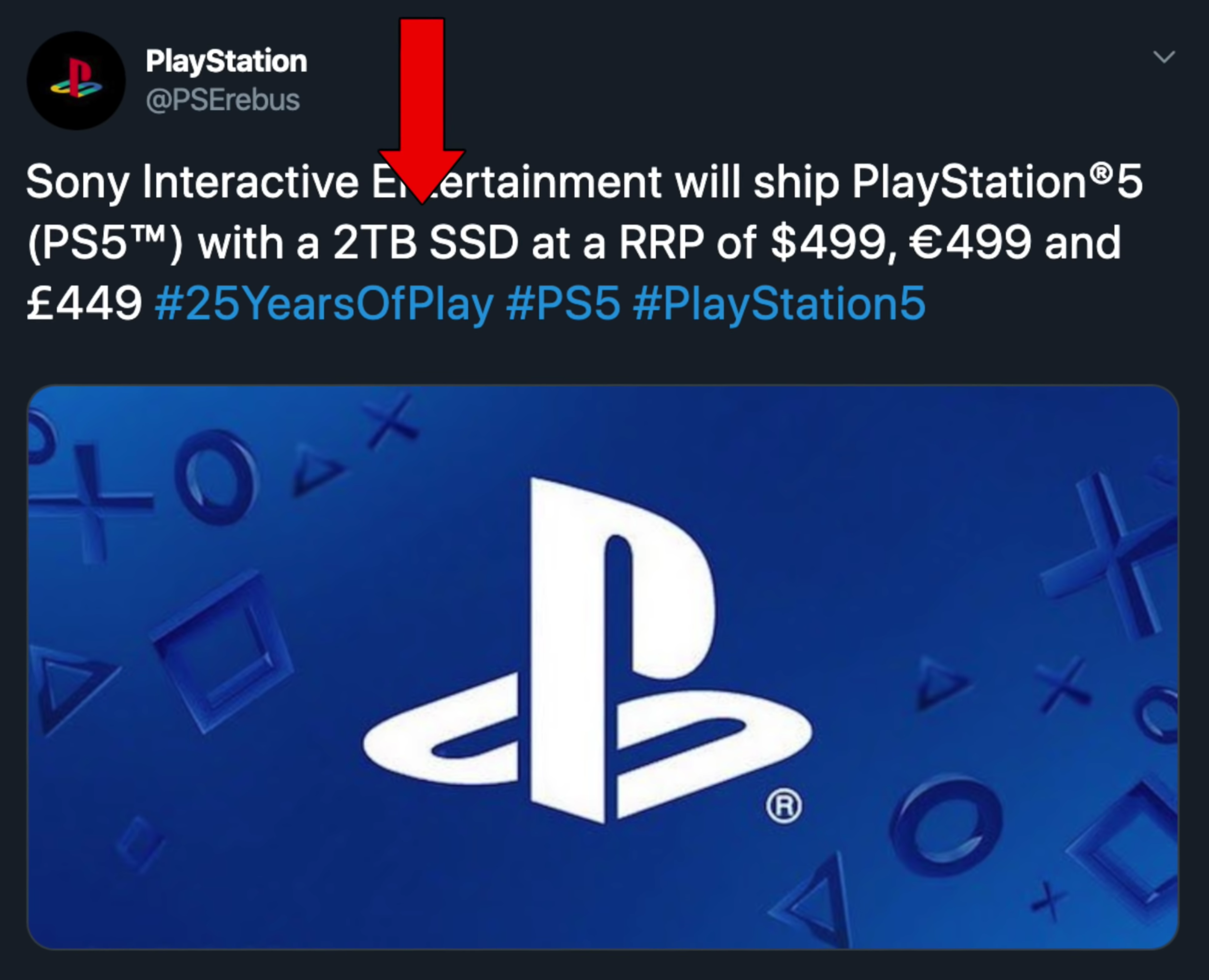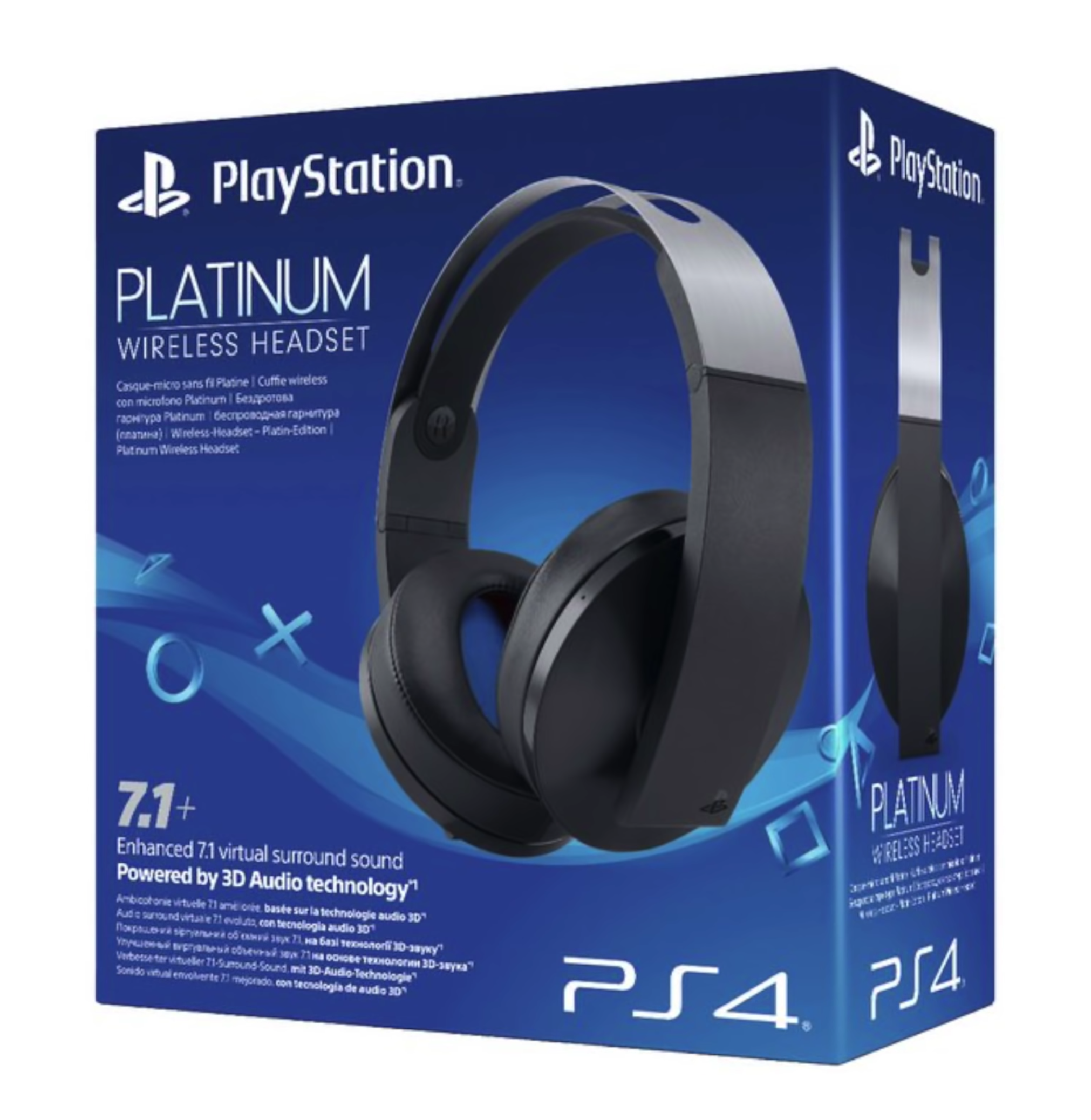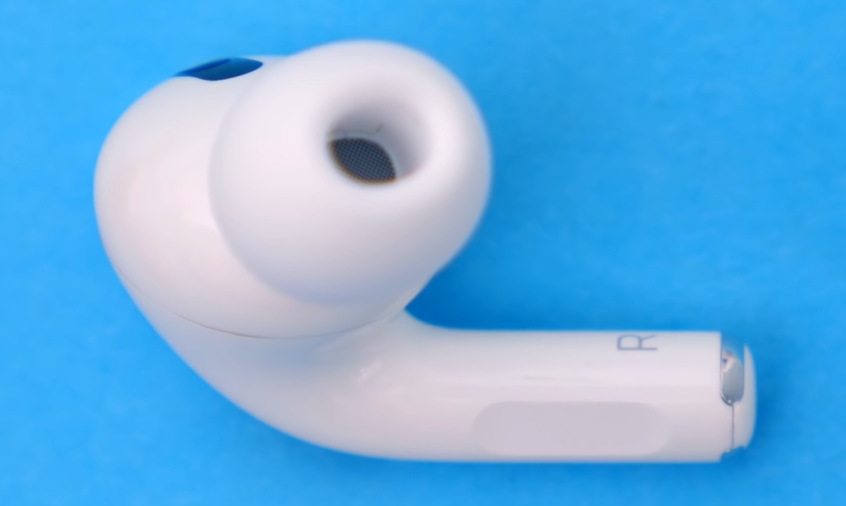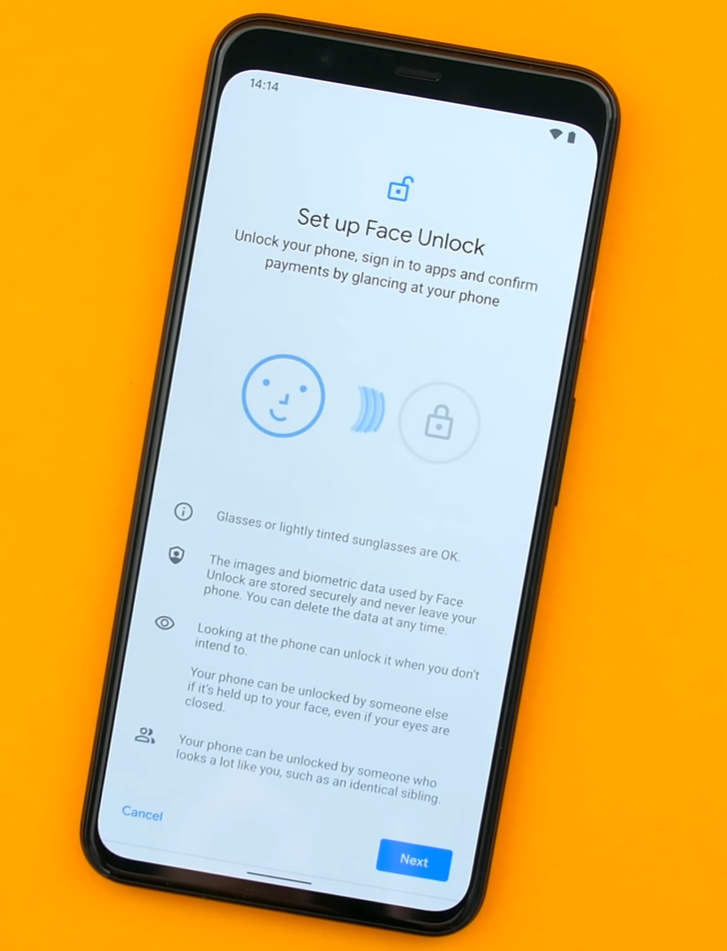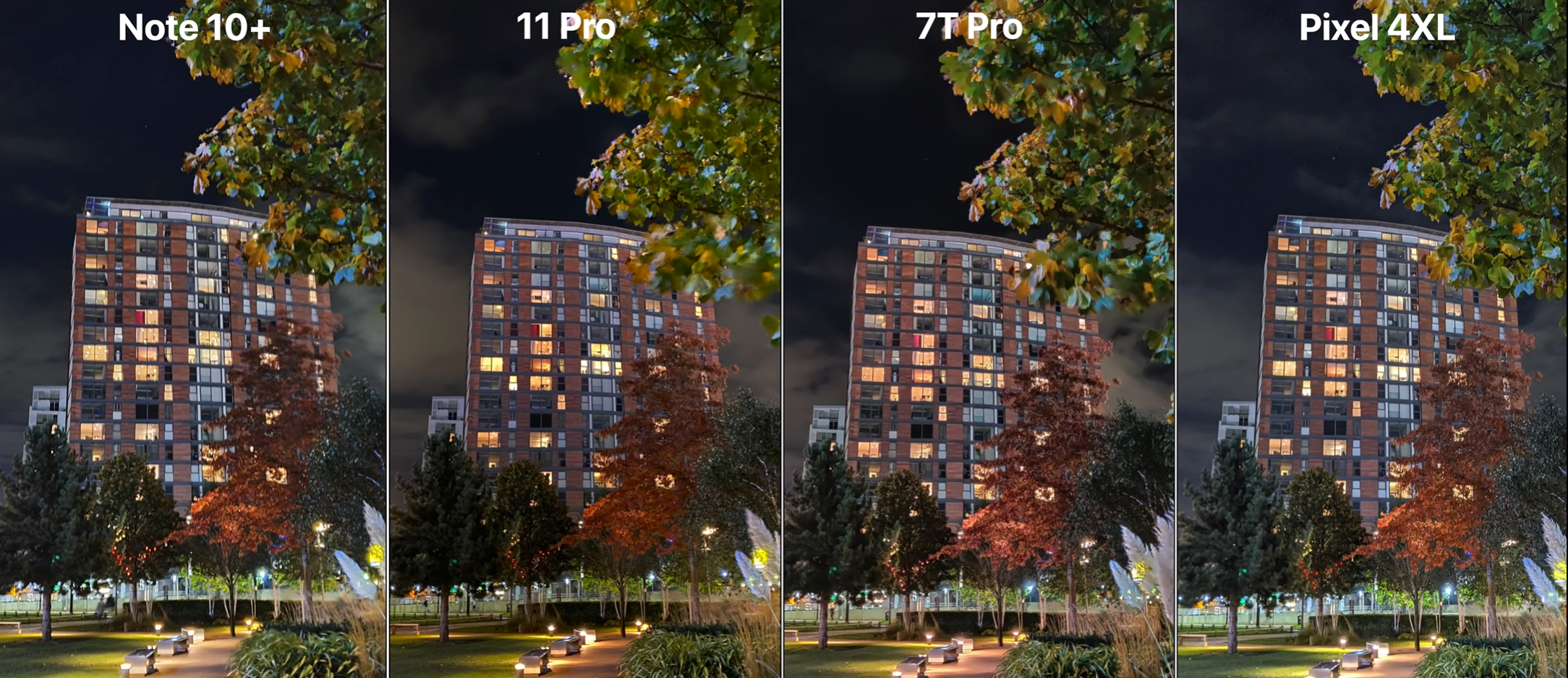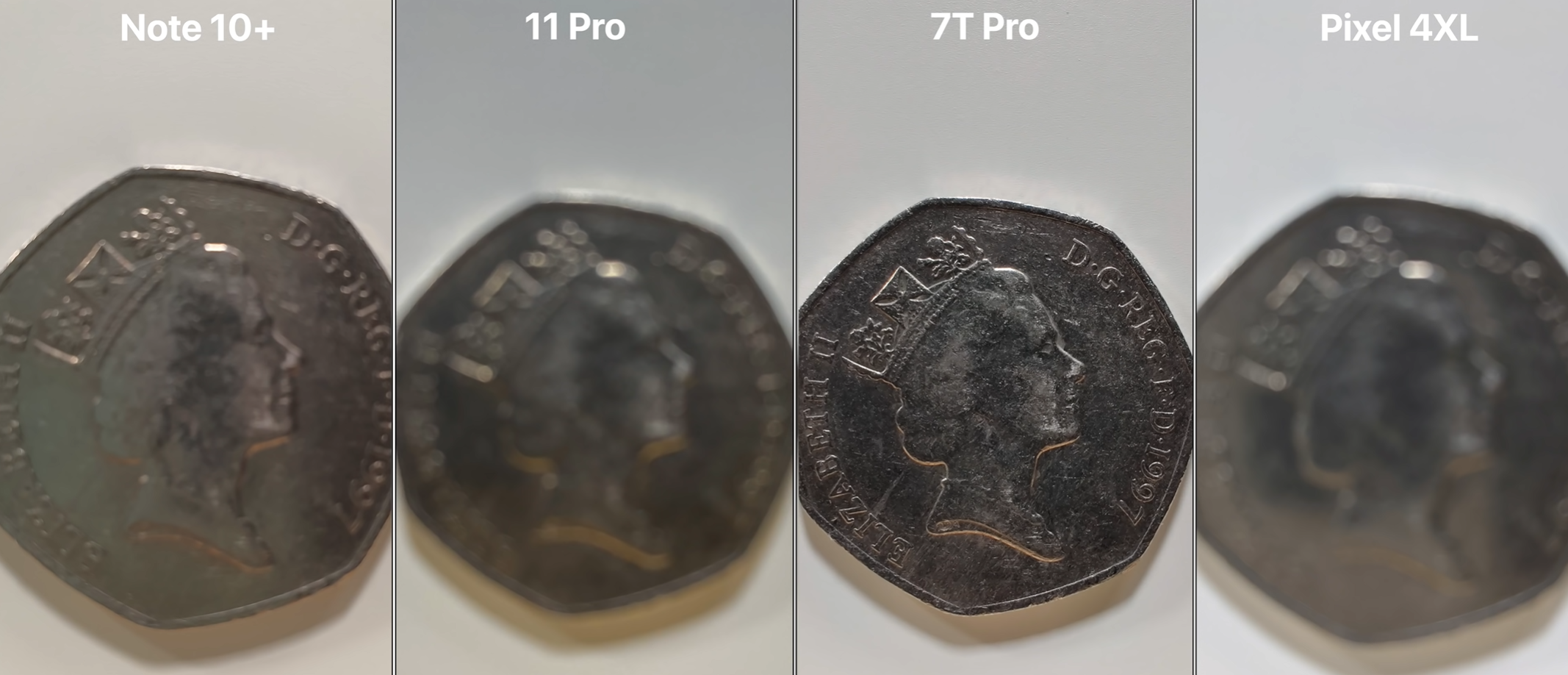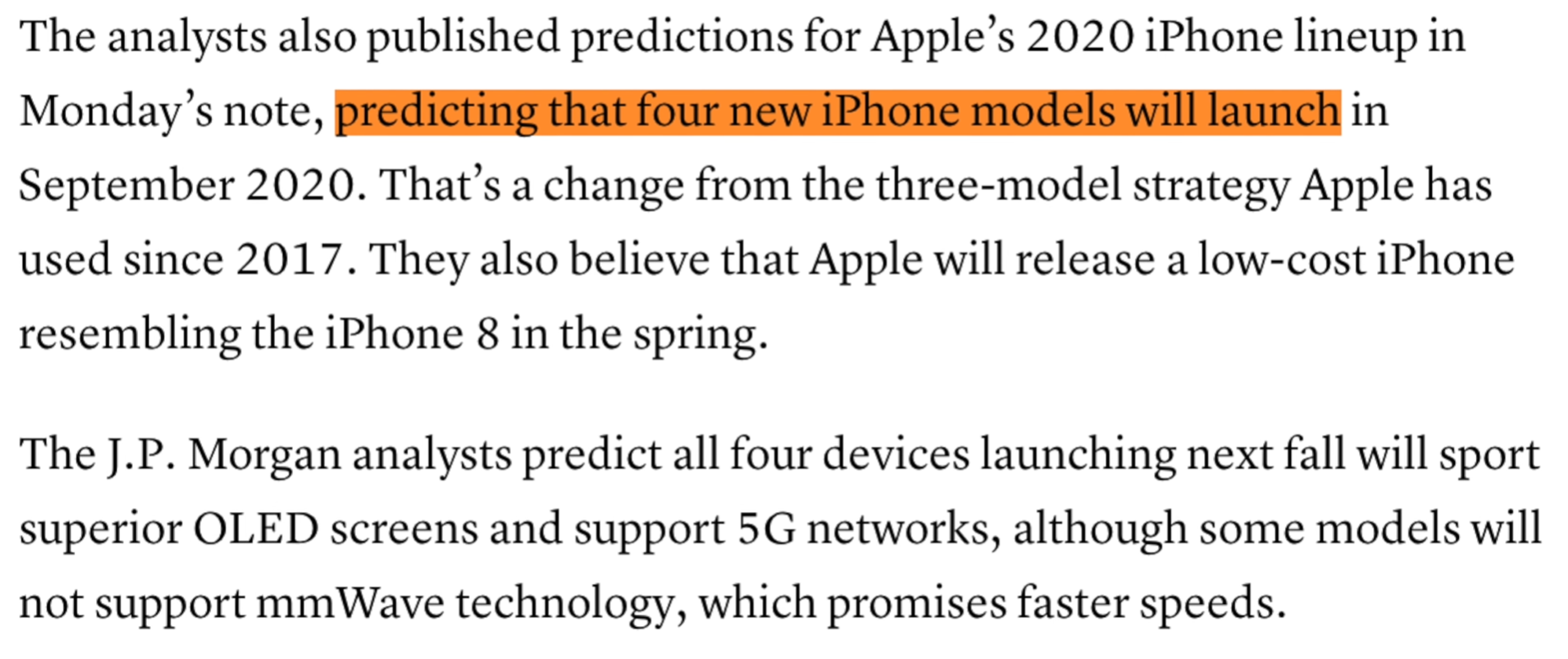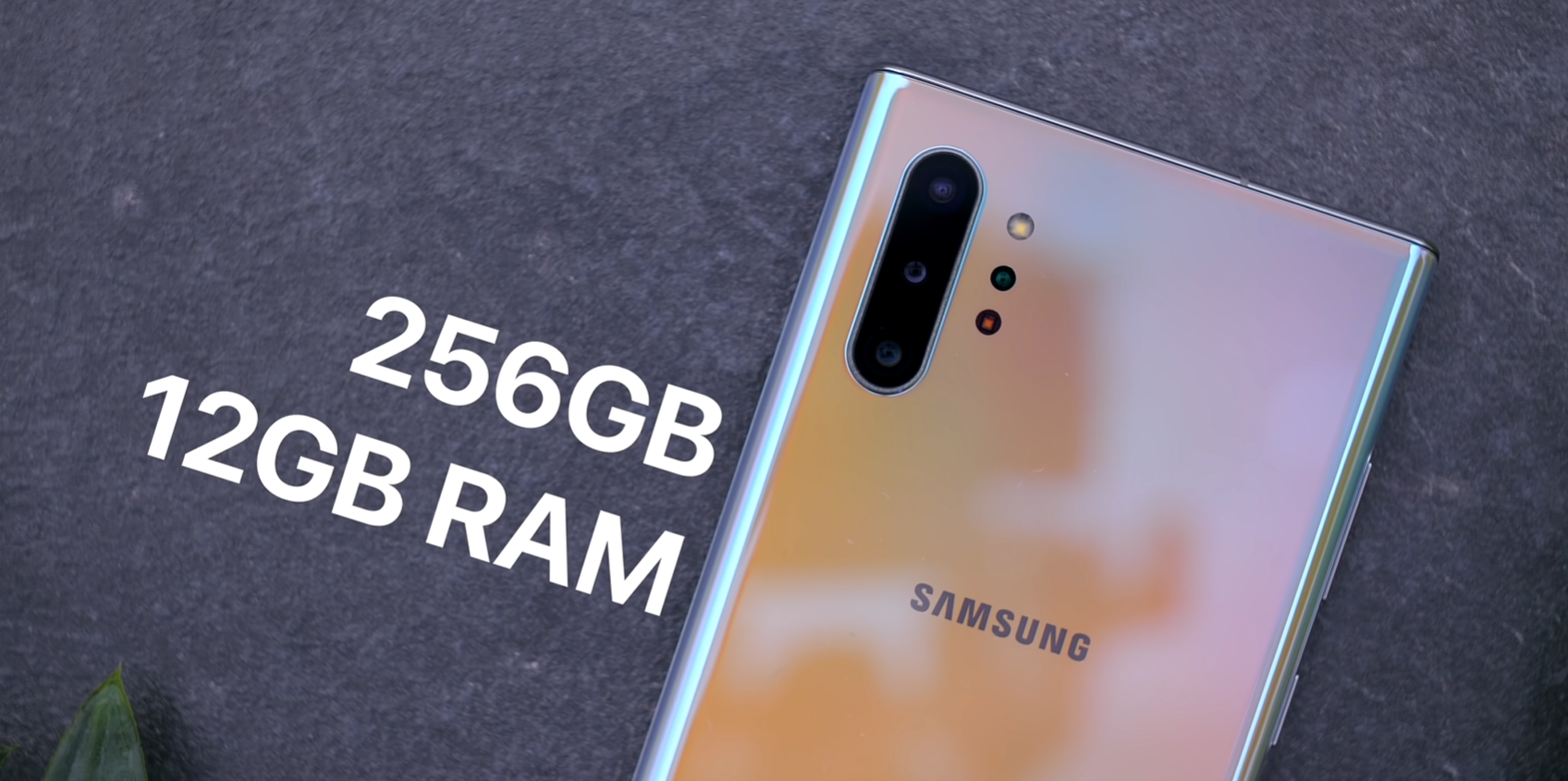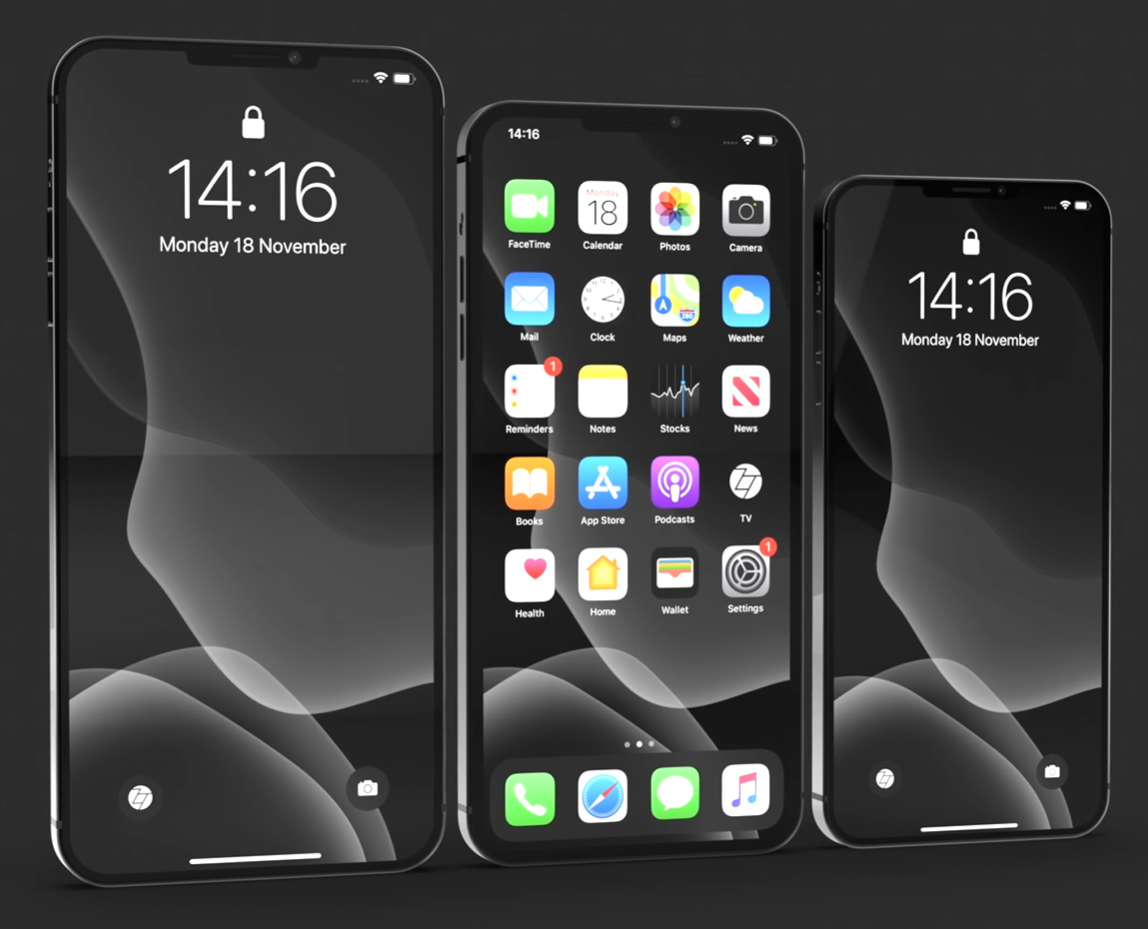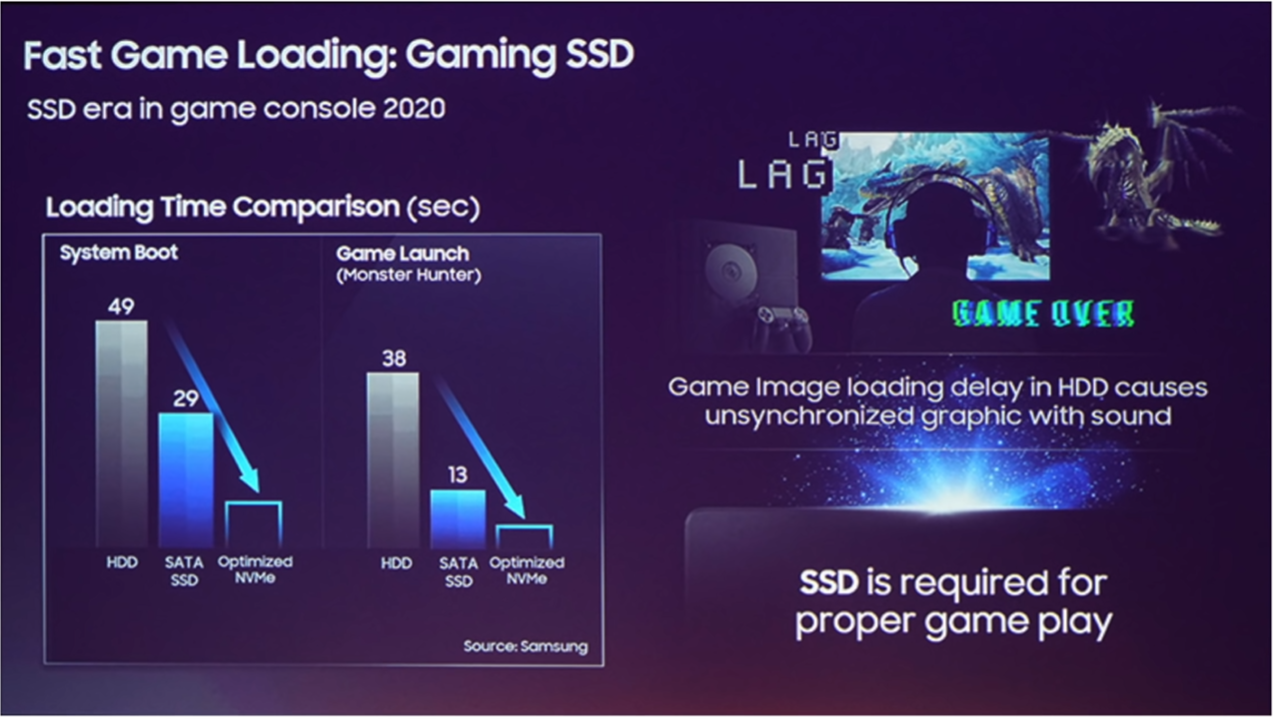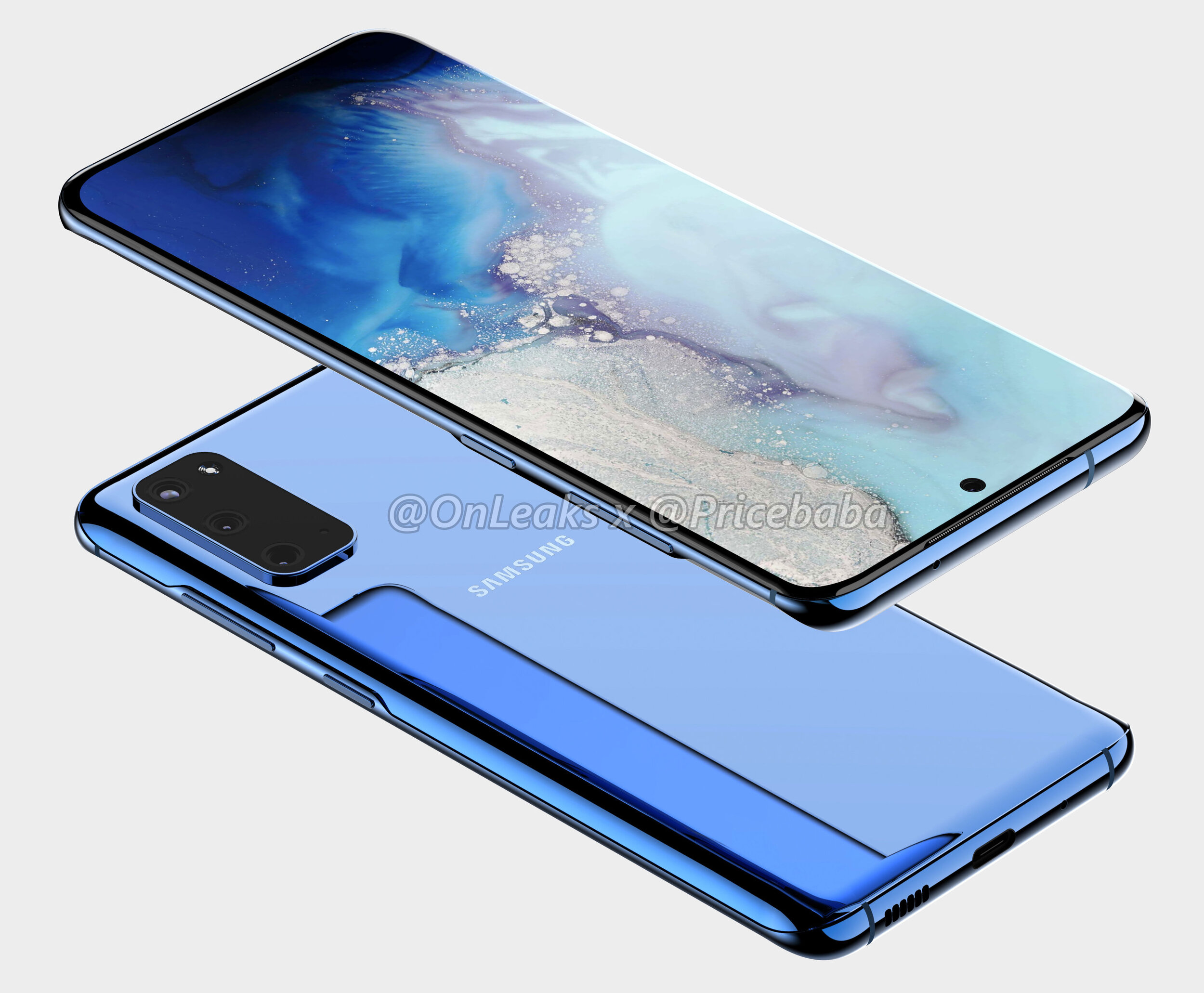Huawei not only sent over two Huawei P40 Pro’s, one in Black and the other in the new Silver Frost colour, but they also wanted us to test this for an entire week and give you our thoughts on it.
You’ve probably seen the Unboxing and our First Impressions of the P40 Pro, but now it’s time to dive in a little deeper into what this phone can do. Just a small spoiler, the Huawei P40 Pro has the very best Camera on any Smartphone out right now and getting all of your apps across is surprisingly easily. We were shocked to see that we could pretty much clone an entire Galaxy Fold onto the P40 Pro with ease.
But we’re getting carried away, so here is everything you need to know in terms of the P40 Pro when it comes to the: Design, Display, Camera, Performance, Special Features, Battery Life & Value.
Apps
First things first, something that you’re all probably wondering, and something that we were definitely wondering when we got the P40 Pro, was how do we transfer apps? Google Apps & Services are no longer supported so how are we going to use apps on the P40 Pro? Well, to our surprise, it was actually extremely easy.
When you set up your P40 Pro, you will be get asked to download the Phone Clone tool on your other Smartphone. This tool will basically transfer pretty much every single app from your old phone, onto your P40 Pro. We were quite impressed that we had Instagram, Amazon, Philips Hue, Call of Duty mobile and even Apple Music. On top of this, you do have Huawei’s AppGallery which also has most popular apps, such as Tiktok, Snapchat, Amazon, Microsoft Office, Telegram, Fortnite, Asphalt 9 and more already on it. More apps are also being added every single day.
If there is indeed an app that you weren’t able to transfer and that you couldn’t find on Huawei’s AppGallery, you can always download the individual APK’s from official sources or download Third Party app stores and get them from there.
Design
In terms of the design, there are three models of the Huawei P40. We have the regular P40, which comes with a 6.1” Display and a Triple Lens Camera Module. We then have the P40 Pro, the one that we have, which comes with a 6.58” Display and a Quad Camera Module Array. Finally, we have the P40 Pro+, which will be launching in June, this has the same 6.58” Display but with a Penta Camera Module Array. Probably the best news here is that, no matter which one you buy, you will still get the same Sensor on the Main Camera. This is, at the moment, the biggest Sensor on any Smartphone on the market.
The P40 Pro looks & feels like a premium, high-end device.
When we had a look at the P40 Pro, we have to say, we really do like this design. It’s not too big, not too small, it’s pretty much the perfect size to be able to use it with one hand, without necessarily sacrificing the Display size. We do have a similar design style to what we’ve seen on other Android phones, with a Dual Front-Facing Camera Cutout, but what’s quite unique about the P40 Pro is that it is one of the few Smartphones to implement a Waterfall design. This means that, unlike some Smartphones that just have curved sides, the top and the bottom are also curved.
The Display however, doesn’t go until the end of the glass. Instead, it ends way before it. We would’ve loved to see a Waterfall Display and not just Waterfall Glass, but we guess this would’ve caused some serious accidental touch issues, so we’re not surprised that Huawei hasn’t done it.
Holding that Display in place, is a polished metal frame that matches the colour of your phone. On the bottom we have the SIM Card slot, which also holds Huawei’s proprietary NM Card, which can expand the 256GB Internal Storage by up to another 256GB.
On the right-hand side, we have the power button and the volume button, on the left-hand side we have nothing and finally on the top, we have a Microphone Port as well as an IR Blaster. Smartphones used to have this back in the day but pretty much all of them removed it. It allows you to control your TV, your DVD player and pretty much anything that has an IR Receiver. We’re glad to see that Huawei still has one, as it’s such a great feature to have.
Finally, on the back we have the Quad-Camera Module Array which we’ll be covering in the Camera section. This is one of our favourite backs, on a Smartphone, ever. You probably know that we’re a big fan of Frosted Glass backs on Smartphones, the P40 Pro is no exception. While you can indeed still get it in Black if that’s what you like, the Silver Frost back looks absolutely stunning. It is pretty much fingerprint proof and the colour of the back does slightly change depending on the angle at which the light hits it.
Also, it’s probably worth noting that the P40 Pro, even though it has the biggest Sensor on any Smartphone, the Camera bump isn’t as big or as thick as on other Smartphones, so the table wobble is much less than you would expect.
Display
Moving on to the Display, the P40 Pro comes with a 2640x1200 Resolution Display, with a PPI of 441. This is an OLED Display, with a DCI-P3 Colour Gamut and HDR10, so if you’re into photo editing and grading, this is a perfect Display for that. Not only that, but Huawei also added a 90Hz Refresh Rate, making this display 50% smoother than any other regular 60Hz panel out there.
Camera
Moving on to the Camera, this is by far the P40 Pro’s key selling feature, and probably the main reason that people would want to go for the P40 Pro. So, here are a few reasons why the Camera on this phone just blows everything else out of the water.
Largest Sensor on any Smartphone
This has the largest Sensor or any Smartphone to date. It has a 1/1.28 inch Sensor with 2.44µm size pixels with a 50MP Resolution. The larger the pixels, the more light they can capture and the better the phone is in Low Light.
RYYB Sensor
Rather than the sub-pixels on the Sensor being in the standard RGGB (Red-Green-Green-Blue) sub-pixels, the P40 Pro has a RYYB (Red-Yellow-Yellow-Blue) arrangement. This, according to Huawei, lets 40% more light in, which, combined with the massive Sensor size itself, makes the P40 Pro the best Smartphone Camera in Low Light…ever.
Best in Low Light
The P40 Pro makes something that was barely even visible with the naked eye and turns it into daylight. It pretty much works like magic and you don’t even need to have Night Mode enabled because, thanks to that massive Sensor, the P40 Pro is capable of achieving great shots like the ones we have featured in our video, where the competition struggles severely.
Usually, Smartphones have an ISO of 1600 or 3200 in the most extreme cases, but the P40 Pro has up to 51200 which can be bumped even higher to 409,600.
What was the biggest let down with the S20 Ultra, is the main selling point for the Huawei P40 Pro.
Natural Bokeh
Now some of you might be familiar with how DSLR Cameras can get these very nice Depth of Field shots, where the subject is perfectly in focus and the background is all blurred out. This is caused by both the Lens itself as well as the size of the Sensor. Since the P40 Pro has such a massive Sensor, you can actually get shots with a very impressive Bokeh or Depth of Field, even when you’re not using Portrait Mode at all. This means that the background separation would be perfect, as this is done through hardware, rather than software.
Leica Lenses
Now, like we said, aside from the Sensor itself, the Lens also makes a very big difference and the P40 Pro uses Leica Lenses. Leica being one of the world’s most well-known Camera and Lens manufacturers. They make high-end Lenses for DSLR Cameras and they’ve teamed up with Huawei to make the Lenses used on the P40 Pro’s Camera.
Best 50x Zoom
The P40 Pro comes with a 12MP Periscope Camera Module that gives us 5x Optical Zoom and 50X Digital Zoom. We compared this Zoom against another Smartphone that has 100x Space Zoom and it turns out that Huawei’s 50x Module was significantly better than that other 100x Module. This seems to be the sharpest Zoom on any Smartphone that we’ve used. You can even use Night Mode on the Telephoto Module as well.
Cinematic Ultra-Wide
Then we have one more Module, which is a 40MP Ultra-Wide Angle Module. Huawei’s calling this a Cine Camera, which was specifically designed for video. We have to say, the video looks stunning on this, Stabilisation is great and Low Light performance, even on the Wide Angle Module, is just outstanding. The P40 Pro is also the best Smartphone that we’ve used for Low Light video.
100% Pixels for Autofocusing
Finally, the last thing that makes this Camera so unique is that unlike some of the competition, that use Sensors almost as big as the P40 Pro but have some serious Autofocusing issues, the P40 Pro uses 100% of the pixels on the Sensor for Focusing and because of this, Focusing is pretty much instant, we haven’t had a single issue with Focusing on the P40 Pro.
The P40 Pro really makes a splash when it comes to Slow-Motion.
A few more things that we want to mention when it comes to the Camera, is that we also get a Depth Sensor on the back, for improving Portrait Mode photography and the Front-Facing Camera is really good as well. It’s a 32MP Selfie Camera and the Low Light is outstanding there too.
Slowest Slow-Motion
Then the P40 Pro, also has the best Slow Motion on any Smartphone on the market right now. Usually Smartphones top out at 240FPS Slow Motion, with some being capable of doing 960FPS, but the P40 Pro can actually do 7680fps Slow Motion whilst also being much clearer than the competition.
Best Time-Lapse
The P40 Pro can also do 4K Time-Lapses, whereas other Smartphones are limited to 1080p Time-Lapses. This is pretty much the best Camera that we’ve ever used on a Smartphone. Definitely comment down below if you want to see a blind Camera Comparison against some of the other high-end Smartphones, similar to the ones we’ve done in the past!
Performance
Performance on the P40 Pro has been great. It comes with Huawei’s own Kirin 990 Processor, which is their highest-end model, as well as the Mali G76 GPU, 8GB of RAM and 256GB of Storage.
To be honest, that 90Hz Refresh Rate Display makes everything buttery smooth. We haven’t experienced any lag or any slowdowns whatsoever, performance has been perfect.
Special Features
The best of both worlds.
Aside from all the Camera features, there are a few more features that make the P40 Pro quite a unique device.
For example, not only do we have an in-display Fingerprint Reader, but we also have a true Depth Sensing Camera on the front. Similar to FaceID, we have an advanced face unlock system on the front, making the P40 Pro the only 2020 flagship so far to have both an in-display Fingerprint Reader and the true Depth Sensing Camera on the front.
We also have IP68 Water Resistance, a Haptic Engine for when you’re typing an navigating the phone, full-onscreen Navigational Gestures, WiFi 6, Bluetooth 5.1, a Gravity Sensor, that IR Blaster than we mentioned before, a Bone Conduction earpiece because we don’t have any earpiece cut-out on the top, as well as 5G and we even get an Always-On Display, which is one of our favourite features ever, on a Smartphone.
Battery Life
When it comes to the battery itself, the P40 Pro comes with a 4200 mAh Battery and it also supports 40W Fast Charging right out of the box. As well as this, it supports 27W Wireless Charging and Reverse Wireless Charging, which means that you can not only charge other devices from the back of the P40 Pro, but you can also charge other Smartphones as well.
Value
When it comes to Value, the P40 Pro costs £900 in the UK. This is expensive but still more affordable than pretty much all of the competition.
So, if you’re looking for the very best Smartphone Camera out there, this is the one. You will have to go through some hoops and do a bit of tweaking to get all of your stuff working, but the good news is that most apps did indeed work right out of the box. This will only get better once more and more apps start coming to Huawei’s AppGallery.







